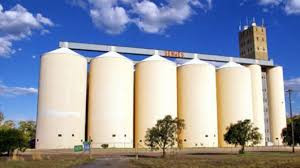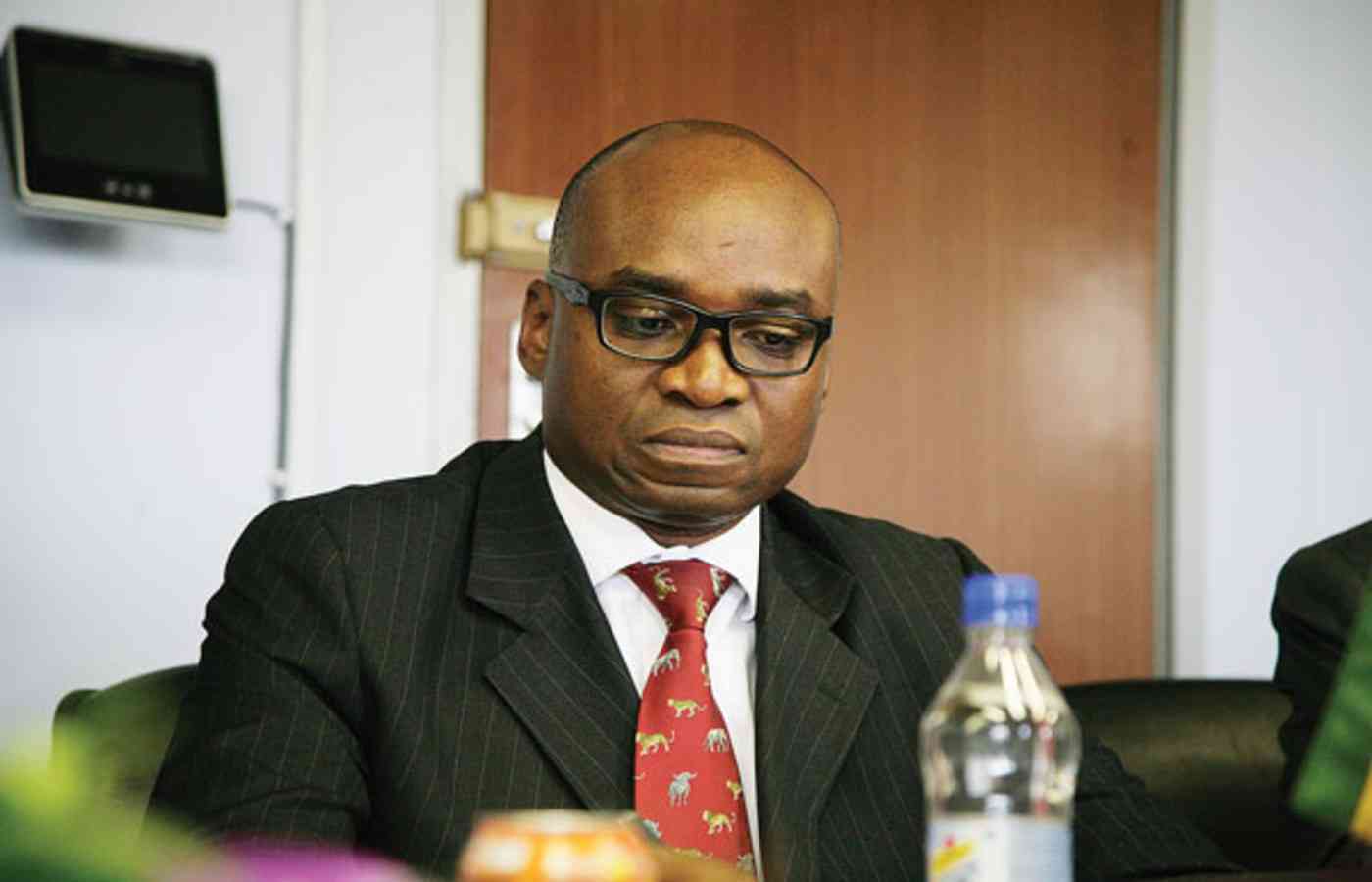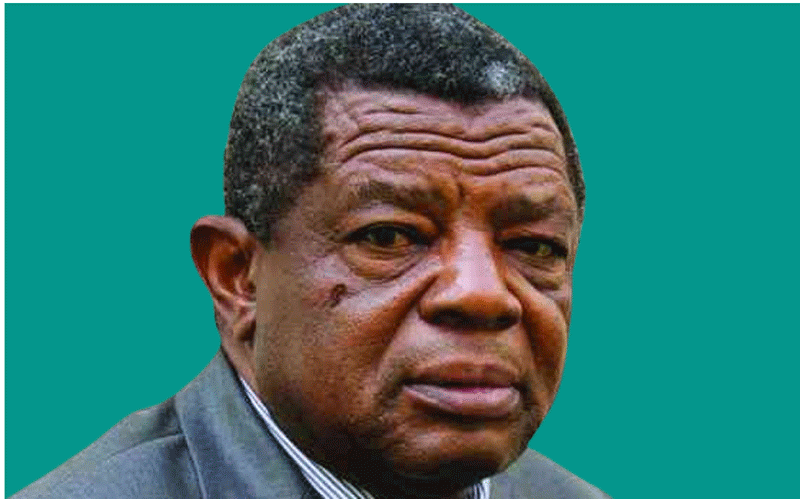
BY MTHANDAZO NYONI
ZIMBABWE’S trade deficit narrowed by 71% to $231 million between February and April this year with analysts attributing the decline to foreign currency shortages as well as a drop in the budget deficit.
However, the trade figures for January 2018 are still not available as the Zimbabwe Revenue Authority, which is the source of merchandise trade data, has not produced them, according to Zimbabwe Statistics Agency (ZimStat).
Figures released by ZimStat show that between February and April, the country imported goods and services worth $1,2 billion against exports of $922 million.
In the same period last year, imports stood at $1,8 billion and exports at $964 million, giving a trade deficit of $805 million.
Exports slightly dropped by 4% on the prior year’s figures, while imports fell by 35%.
In the period under review, gold exports dropped from $311,7 million to $248 million.
“It was going to be better if the drop in imports was due to import substitution. It’s sad that we are doing very well on the export side, but failing to contain our imports. The trade deficit is still high and we need to contain it further,” said economist Persistence Gwanyanya.
- Chamisa under fire over US$120K donation
- Mavhunga puts DeMbare into Chibuku quarterfinals
- Pension funds bet on Cabora Bassa oilfields
- Councils defy govt fire tender directive
Keep Reading
“I would like to encourage the country to take advantage of the cash challenges to increase local production.
“There is dire need for the country to industrialise to complement the efforts we do on the export side.”
Gwanyanya said there was need for the country to diversify its exports as relying on commodities was very dangerous as prices could change anytime.
The bulk of the country’s imports in the period under review remained heavily skewed towards consumptive products, which comprise fuel, wheat, medicines and vehicles, while exports include gold, flue-cured tobacco, nickel and chrome, among others.
Largest foreign currency earners were gold ($248m), nickel mattes ($152,8m), tobacco ($120m), followed by nickel ores and concentrates ($113m), ferrochromium ($62m), as well as diamonds at $27,6 million.
Gold, nickel mattes and ferrochromium recorded a drop.
The top three imports in the period under review were ranked as diesel, which guzzled $226 million, followed by unleaded petrol at $107m, and crude soyabean meal ($18,8m).
Addressing legislators recently, Finance minister Mthuli Ncube said the budget balance for the period January to March 2019 was a surplus of $443,1 million, against a target of $78,2 million, indicating a major shift in the management of central government finances from deficits to surpluses.










